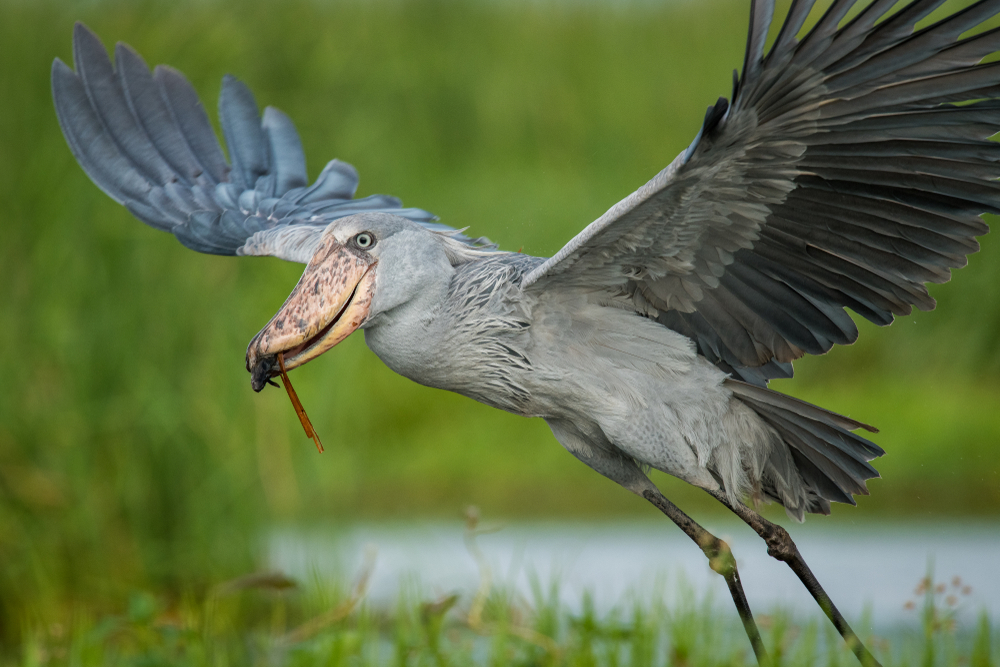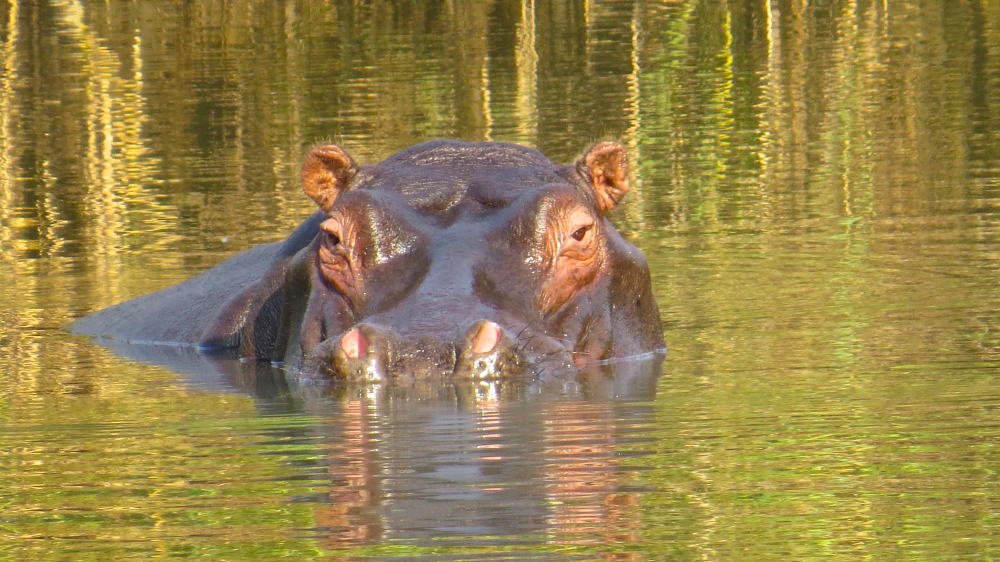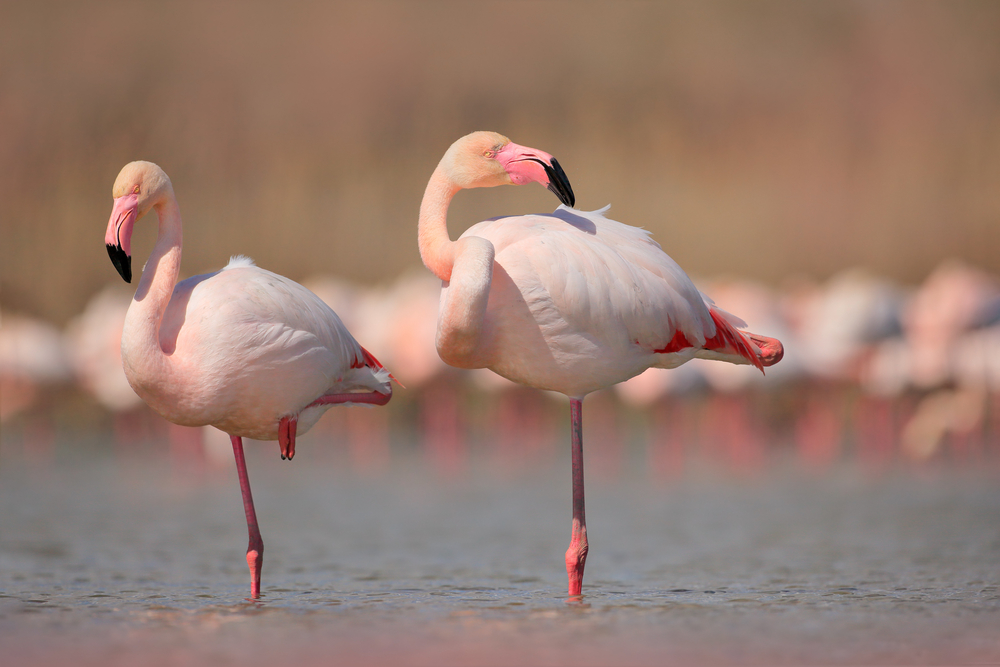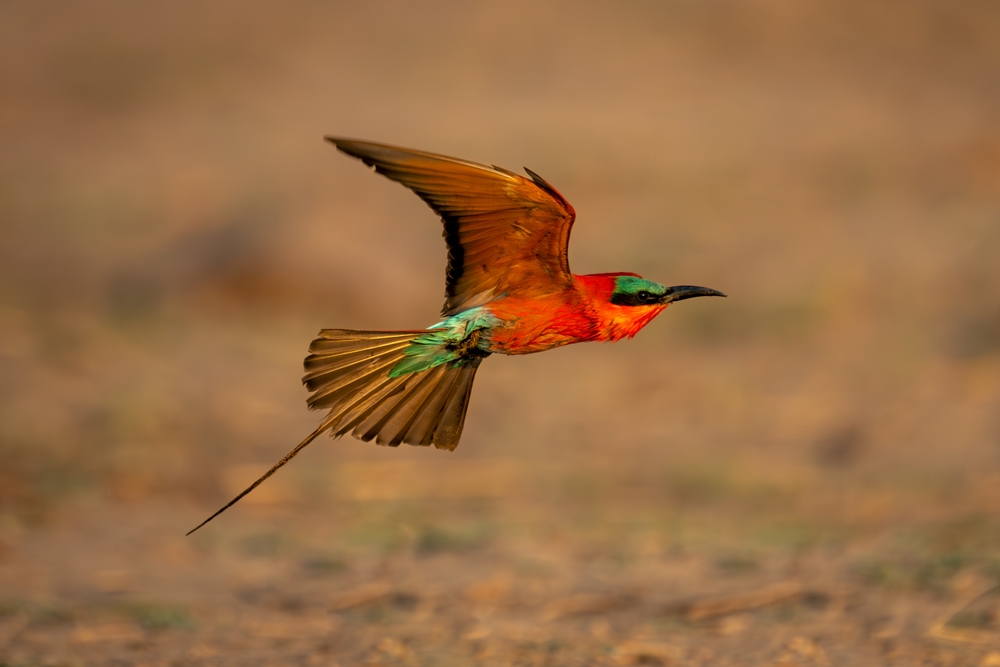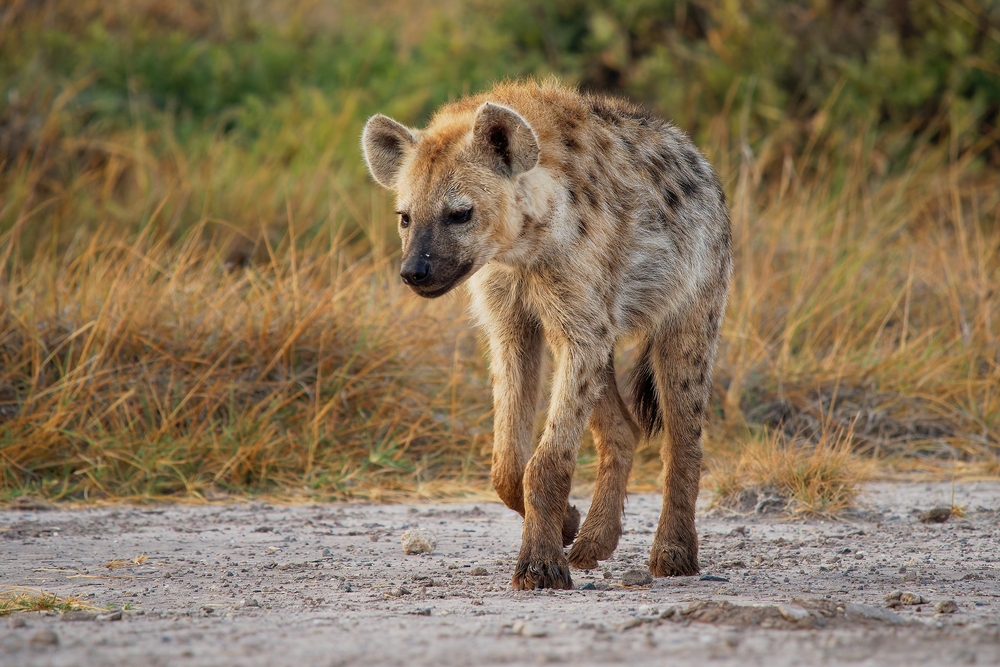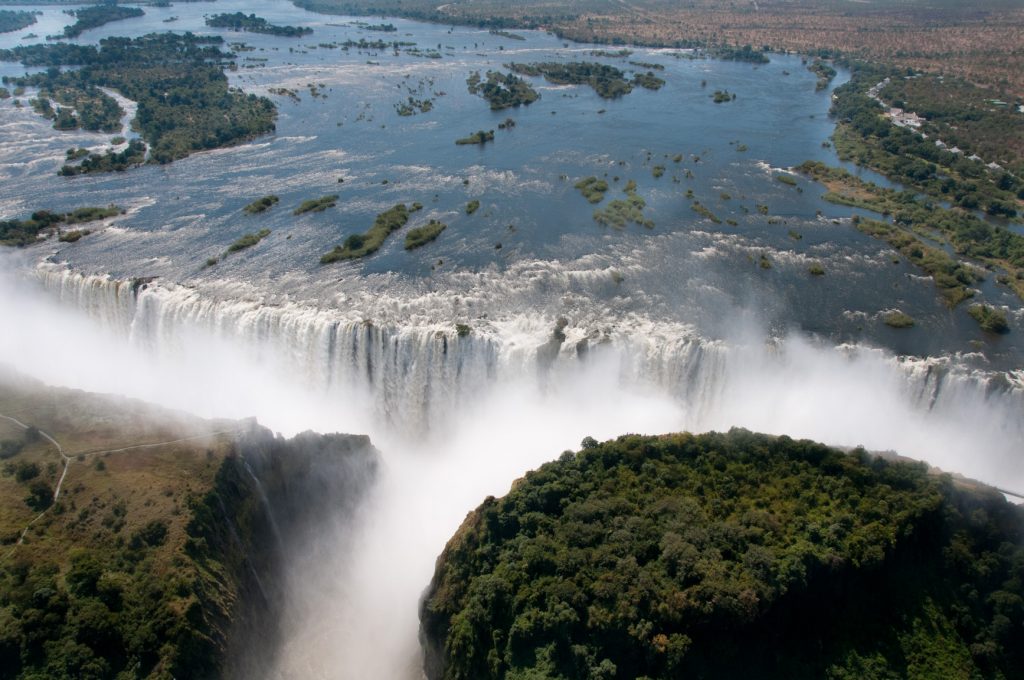Isangano Overview
Isangano National Park, known locally as Paki ya Isangano, is a lesser-known wilderness area located in Zambia’s Northern Province. Covering approximately 840 square kilometers (324 square miles), the park is situated within the Bangweulu wetlands, a vast and ecologically significant region that supports diverse ecosystems and wildlife. Established in 1972, Isangano’s pristine floodplains and woodlands make it a vital area for Zambia’s biodiversity, though it remains one of the least visited parks in the country, offering a raw and untamed natural experience.
The park’s landscape is defined by its seasonal wetlands, grassy plains, and pockets of miombo woodlands that create a patchwork of habitats teeming with life. During the rainy season, the wetlands come alive as floodwaters transform the plains into a lush, thriving environment that supports migratory and resident species. While Isangano lacks mountains or large waterfalls, its peaceful rivers and tranquil floodplains provide scenic beauty and critical lifelines for wildlife.
Isangano National Park is particularly notable for its birdlife, as it forms part of the broader Bangweulu ecosystem, which is recognized as one of Africa’s most important wetland regions. Bird enthusiasts can marvel at species like the rare and iconic shoebill stork, African jacana, wattled crane, and the saddle-billed stork. With over 300 bird species recorded, the park is a paradise for birdwatchers, especially during the wet season when migratory birds flock to the wetlands.
Wildlife in Isangano, while less abundant compared to other major Zambian parks, is still noteworthy. The park’s floodplains support herds of sitatunga, a rare semi-aquatic antelope well-adapted to swampy habitats, as well as lechwe, reedbuck, and buffalo. Hippos and crocodiles are frequently seen in the waterways, while elephants occasionally traverse the region. Smaller mammals, such as bush pigs and primates like vervet monkeys, add to the park’s diversity.
Despite its ecological importance, Isangano National Park has faced significant challenges, including poaching, habitat encroachment, and underfunding. Conservation efforts are now being revitalized, with Zambia’s Department of National Parks and Wildlife and conservation organizations working to restore the park’s wildlife populations and habitats. Anti-poaching patrols and community-driven initiatives are critical to these efforts, emphasizing sustainable resource use and environmental education to ensure the park’s long-term survival.
Visitors to Isangano National Park can enjoy activities such as birdwatching, guided walks, and canoe safaris through the wetlands. The park’s remote and undeveloped nature makes it an ideal destination for adventurous travelers seeking solitude and a raw connection to Zambia’s wilderness. The serene beauty of the floodplains, particularly during sunrise and sunset, provides exceptional opportunities for photography and quiet reflection.
In summary, Isangano National Park is a hidden treasure within Zambia’s protected areas, offering a peaceful and untamed environment rich in birdlife and wetland ecosystems. Its ongoing conservation efforts and tranquil landscapes make it a rewarding destination for eco-tourists and birdwatching enthusiasts eager to explore Zambia’s lesser-known natural wonders.








































































